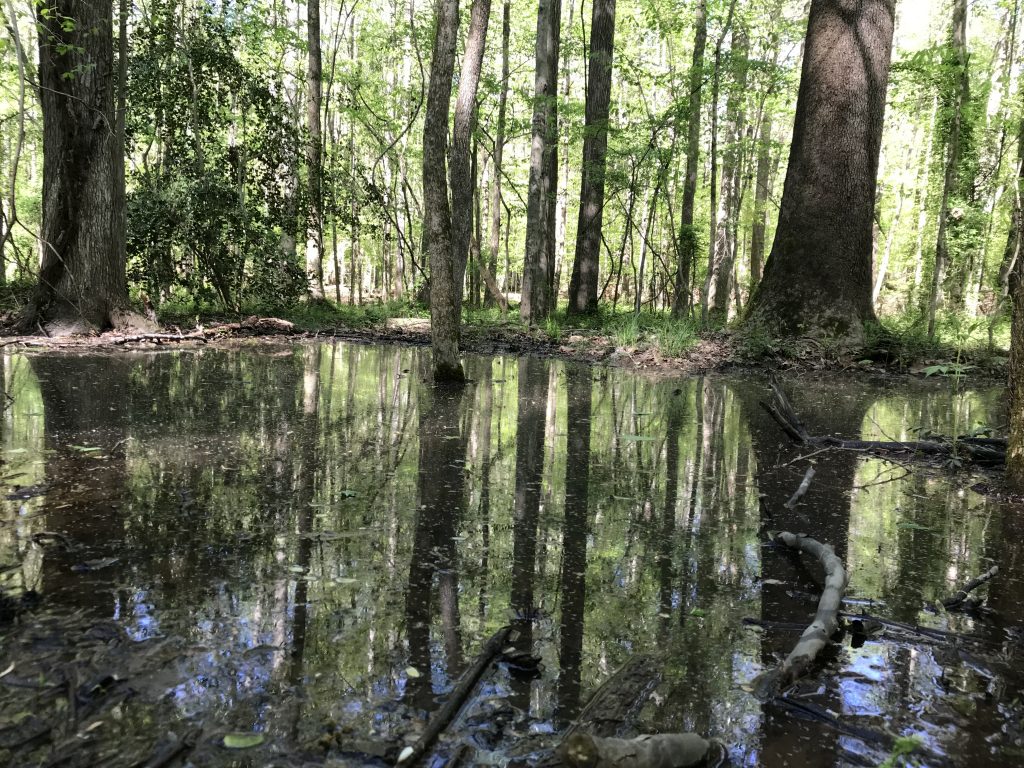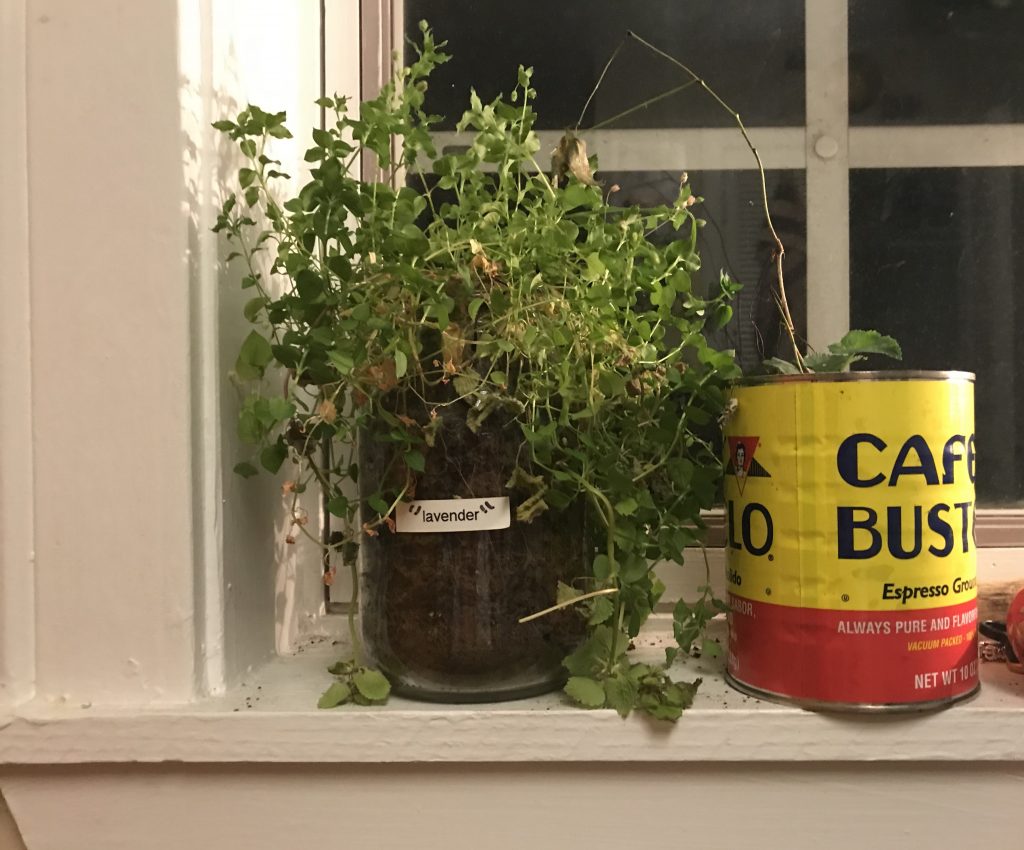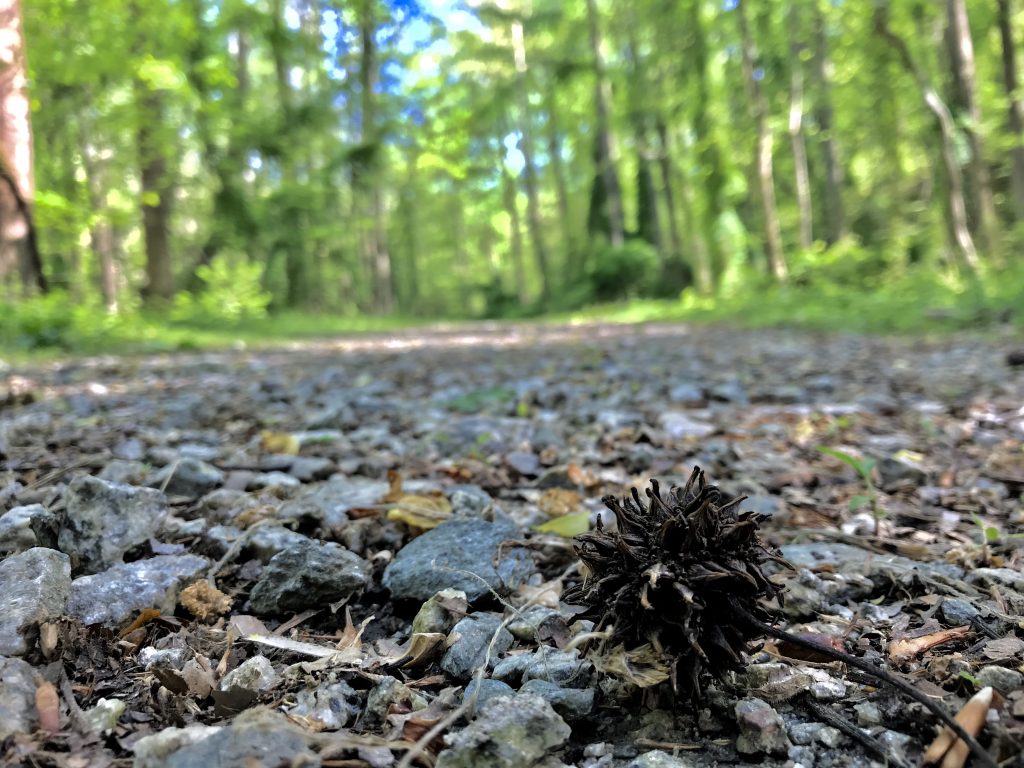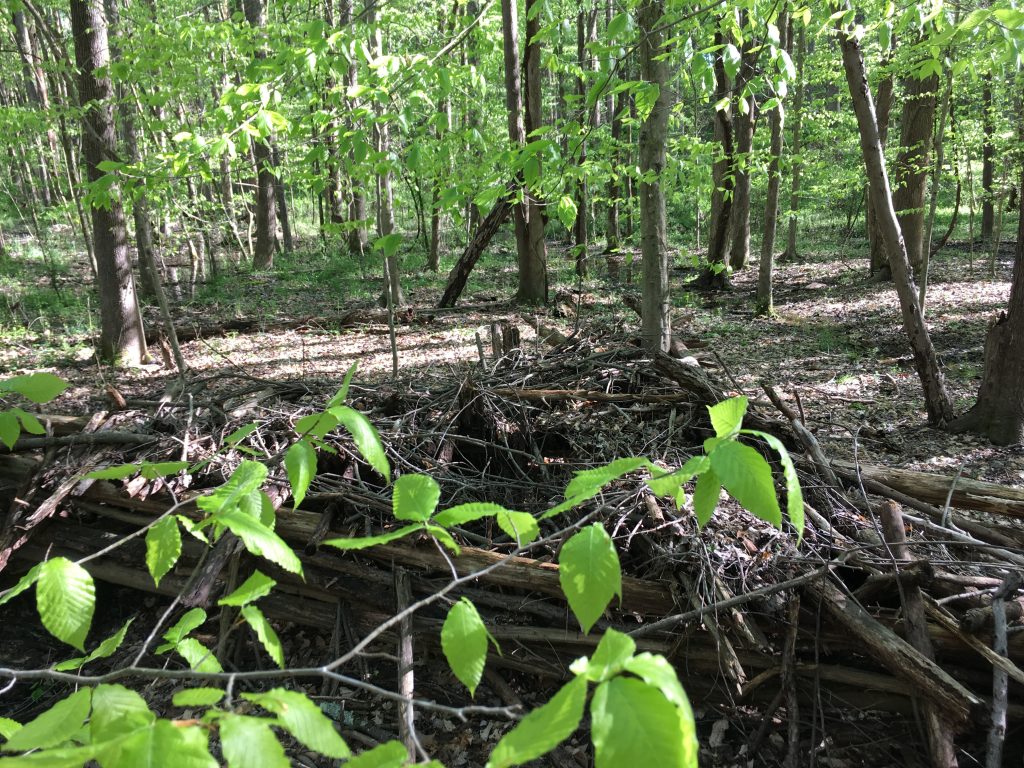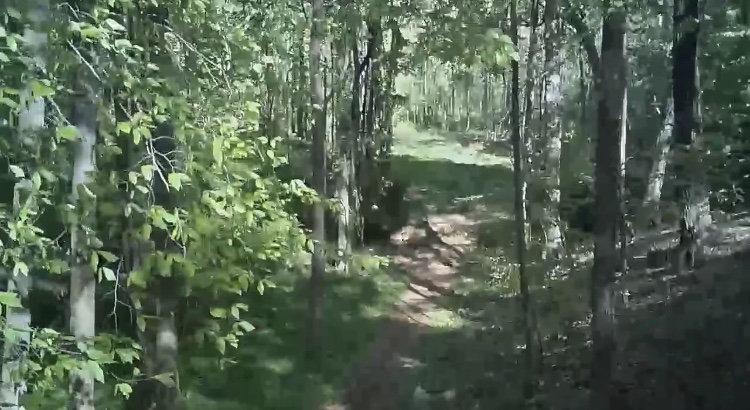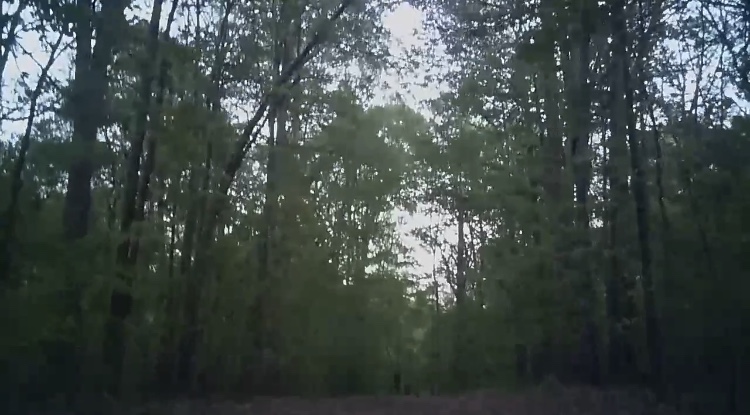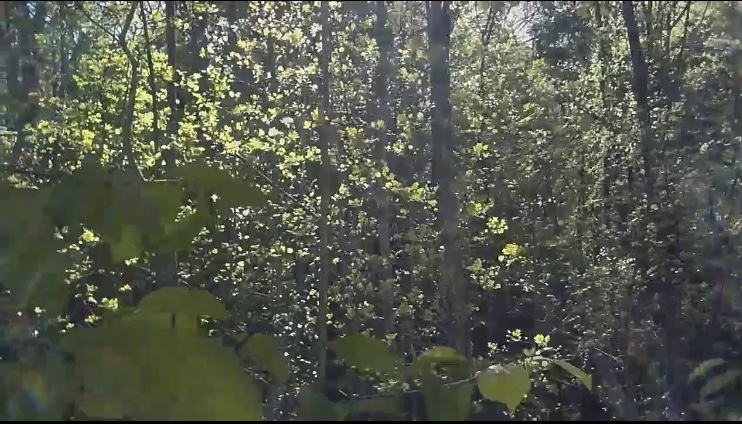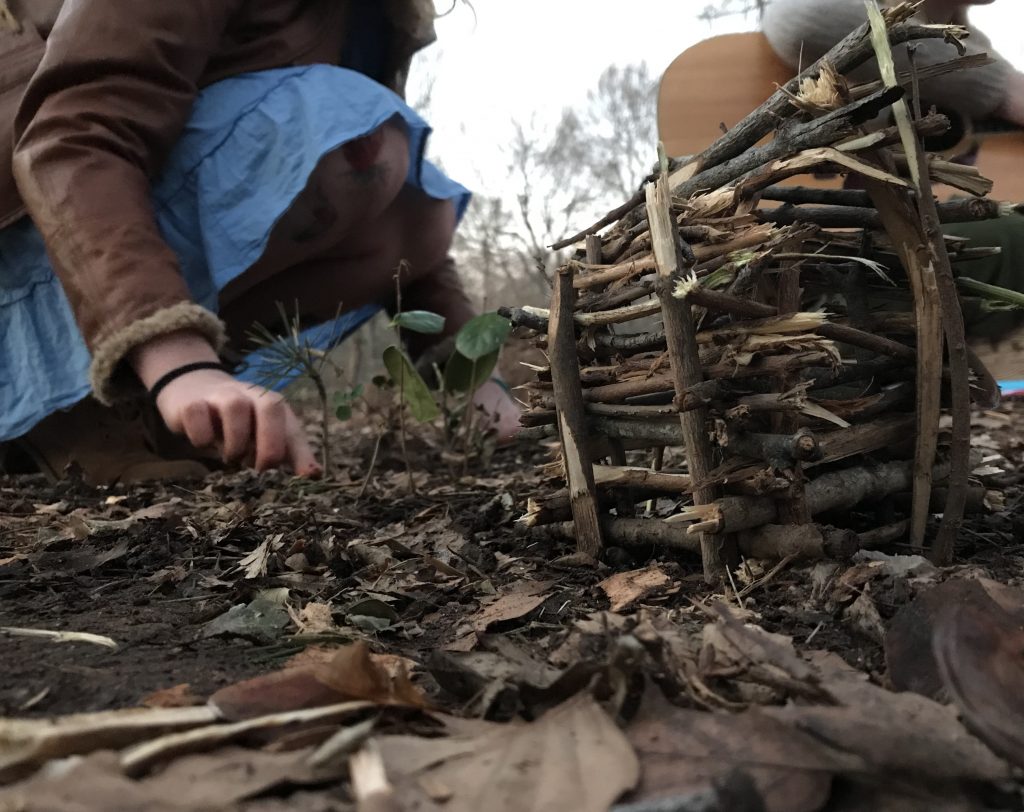4/13/19
A common rumor on our campus warns of spirits lurking about the woods. The Guilford woods, in the 1800s, was an active part of the Underground Railroad, offering a wooded refuge to escaping former slaves and, as our predominantly white institution is quick to add, “their white allies, including many Quakers from New Garden” who were escaping the confederate draft. To commemorate this, the college has designated a specific tree on which to so capitalize: a brisk .3 mile walk East of the Guilford lake leads to a brand-new “viewing platform” of bright plywood, constructed around the tree. The tulip poplar’s claim to fame is simply that it’s old, and that, according to Guilford’s webpage in its honor, it is a “silent witness” of the souls’ journey.
Many disagree with the platform, particularly those inclined to listen to the spirits of the woods. They claim that the college claims that an environmentalist of some sort claims that the tree needed the platform, and that the foot traffic around the tree played an integral role to its hill’s erosion. The more spiritually adept also claim that the tree claims that it’s bullshit, and that the once-human spirits despise the structure, its makers, and its users.
People are warned, by the aforementioned spiritually adept, not to enter the woods at night. The spirits are shy, they say, and so darkness is inherently denser with such entities. Spirits, not ghosts, for “ghost” holds a connotation that the would-be ghosts detest. The goal is to be in relationship with them, to talk to them. You don’t want to offend.
Other spirits originate from the revolutionary war. A common tale says Dana Auditorium, Guilford’s main venue, is built upon the cite of a Revolutionary War field hospital. A soldier who died there, dubbed Lucas, is said to wander the halls around two in the morning. A previous research project of mine led to the conclusion that Lucas is actually Lewis Ricks, who died in the scattered Battle of New Garden that ran along our campus and West Friendly Avenue on the morning of the Battle of Guilford Courthouse. According to a book of the Ricks genealogy, Lewis “was a Quaker and did not believe in shedding human blood, and it was said by his brother William, who was in the battle with him, that he stuck his gun into the ground and went into the battle without his arms, and that was the last seen of him by his brother.” Lewis is friendly, here to help.
The surrounding few miles hold the death sites of countless. I find it difficult to wander in the Guilford woods without considering the spirits around me, tangible or only memory, recognition or knowledge. As recently as within the past twenty-five years, unmarked graves have been discovered in the fields surrounding New Garden Meeting House— how many must the woods hold?
